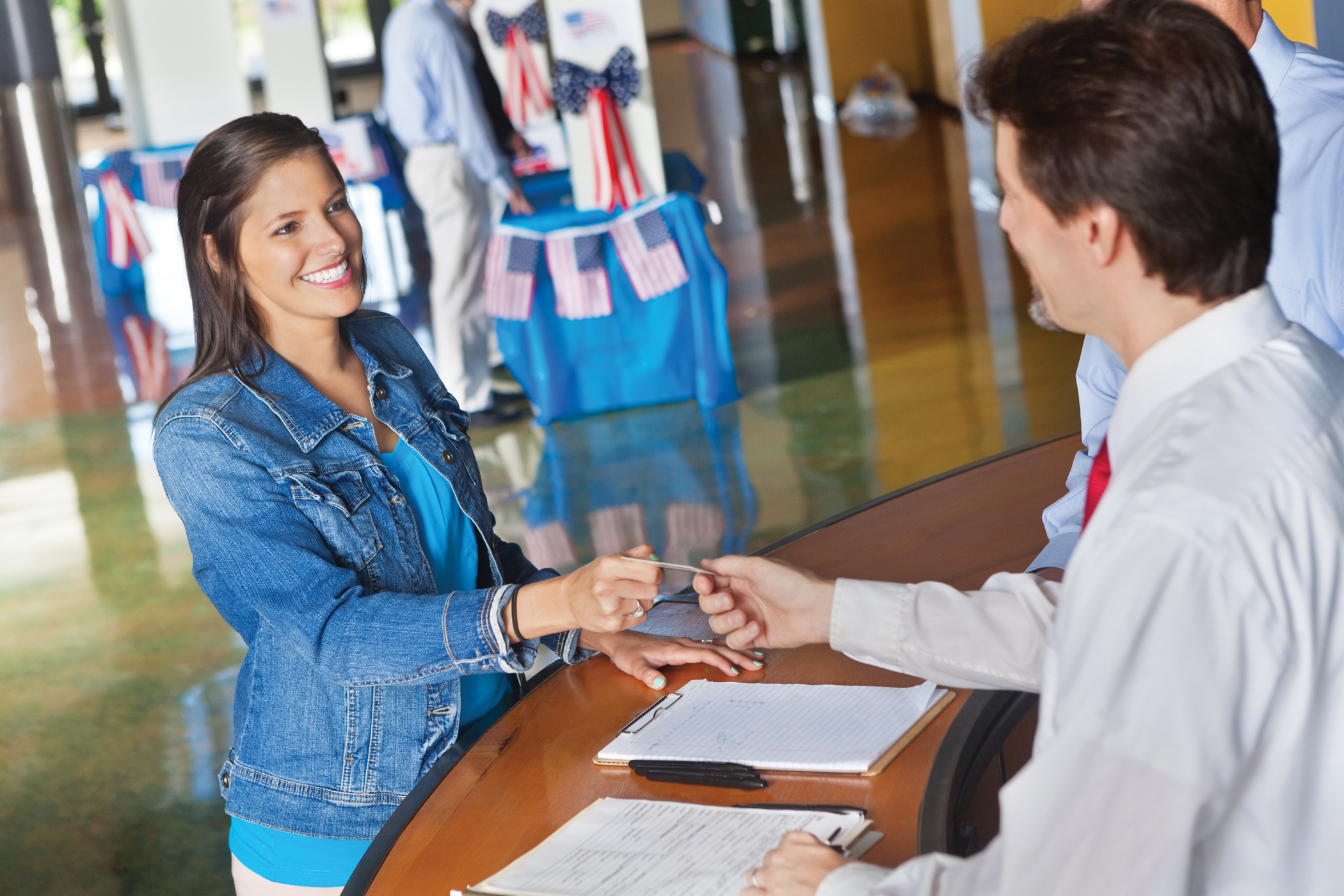
SDI Productions/iStock






Table Talk: Family Conversations About Current Events
For Educators | For Parents, Families, and CaregiversPolls and public opinion surveys are part of our everyday lives. From responding to surveys on social media to reading from the latest election poll, we are inundated with information about what the public thinks about a variety of topics and issues. Polling or surveying people means: “to ask people a question or a series of questions in order to get information about what most people think about something.” Polls are conducted by asking questions of a smaller set of people (or a sample) that represents the larger group. This is called sampling. The data is compiled and generalizations are made about that group of people’s opinions, based on the sample’s responses to the questions.
During elections, polls are used to share information with the general public and for candidates to gain insight into their standing in the race. During the 2016 Presidential election, as many as four polls a day were released in the months leading up to the election.
Pollsters use “weighting” in order to adjust the results to match the population. For example, if a poll has a lower percentage of women respondents than there are in the U.S., the responses from that group of people (in this case, women) would be adjusted, or weighted more heavily, to make up the difference. The number of people who are polled for elections varies, but in general, between 600-1000 people are polled. The number of people that pollsters have to contact in order to reach that amount is much higher because some people refuse to participate or may not meet the criteria for participating in the poll.
Bias and stereotypes can impact how people answer poll questions. For example, the “Bradley Effect” is named after Los Angeles Mayor Tom Bradley, an African-American man who lost the 1982 governor’s race. Some white voters, while intending to vote for the white candidate, told pollsters they were undecided or likely to vote for the black candidate (Tom Bradley) because they didn’t want to appear biased. This theory can explain discrepancies between opinion polls and election outcomes when there is a white candidate and a candidate of color.
Another example is during the 2020 Presidential election Democratic primary which includes several women candidates. In the poll, 74% of respondents said they were comfortable with a woman president but only one-third of them believe their neighbors are comfortable with a female candidate. This could affect poll results.
Exit polling is used to understand how people voted and to make predictions about the election’s outcome. Exit polls ask people after they vote how they voted. They are also asked to share aspects of their identity (i.e. demographic information) in order to learn about the election's results.
10 and up
(See the Additional Resources section for articles and information that address these questions.)
Ask: What can we do to help? What individual and group actions can help make a difference?